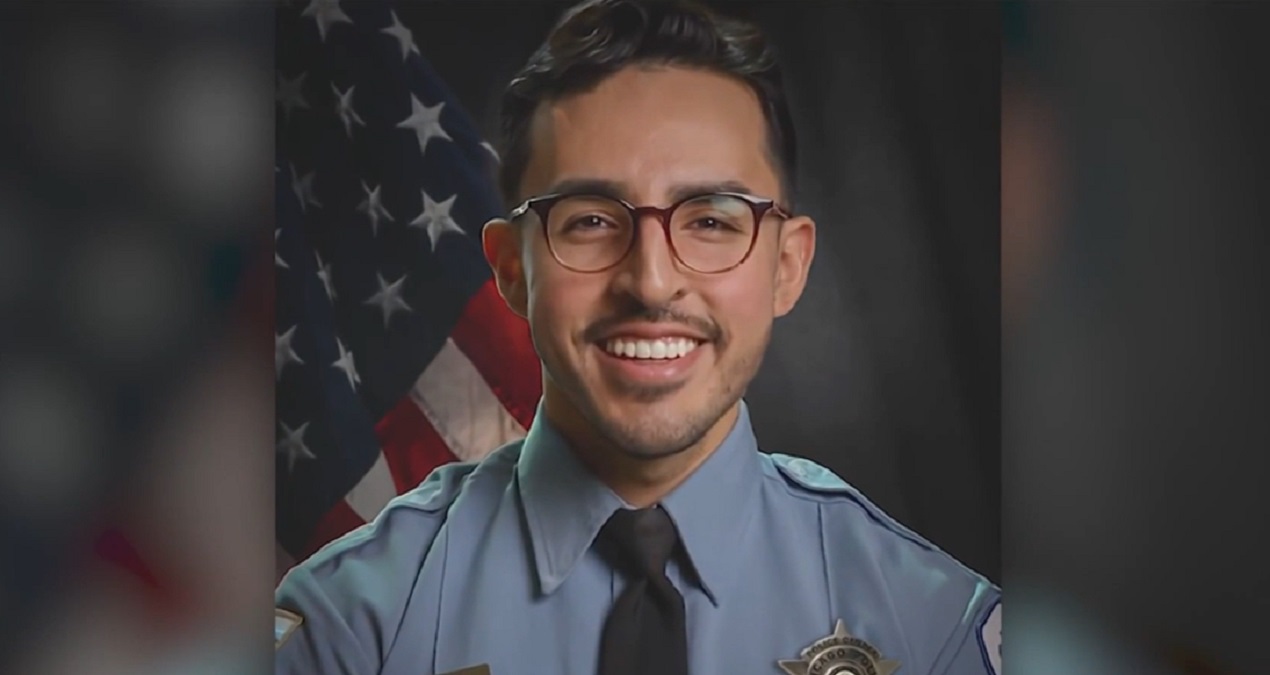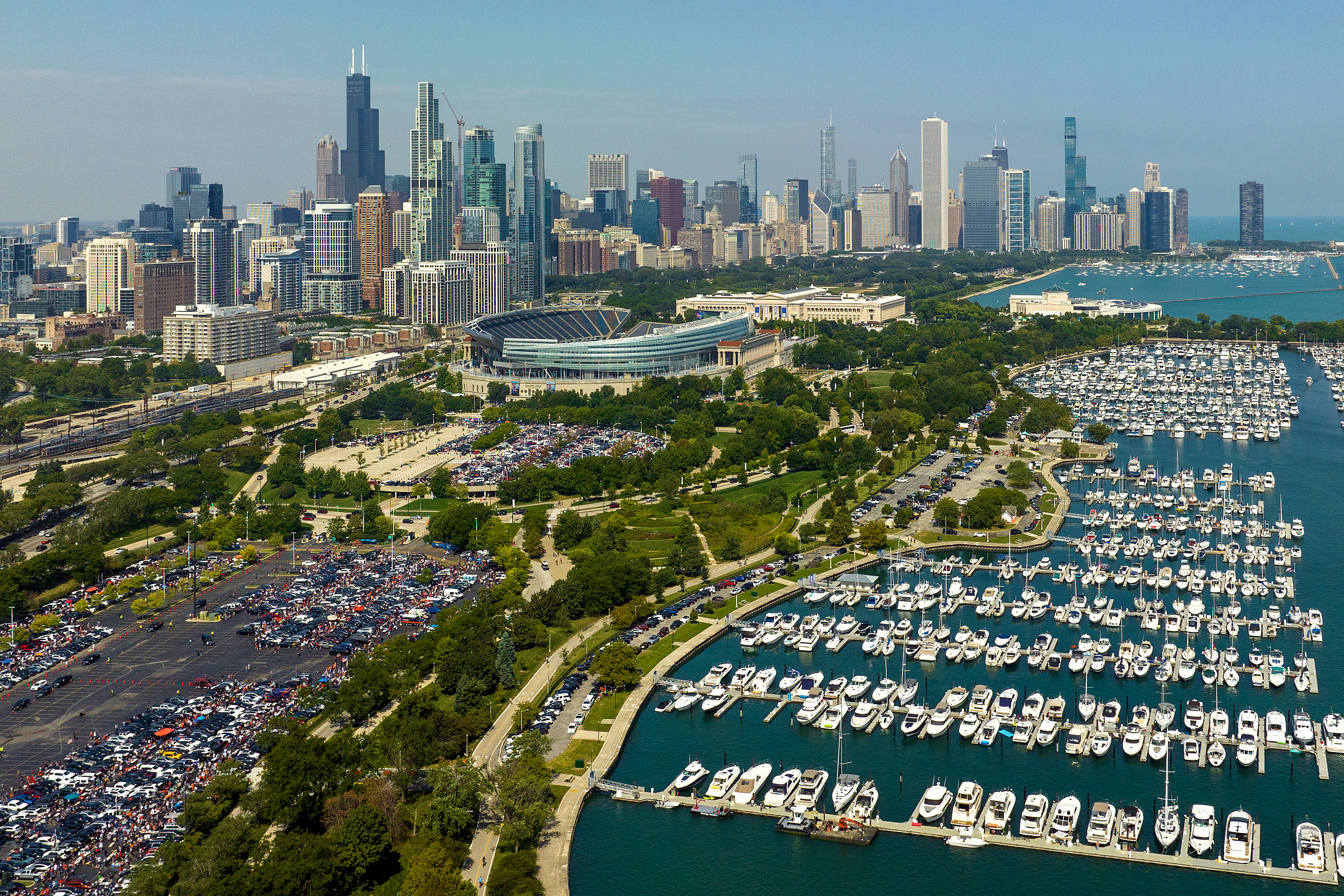Chicago is averaging more than 3,700 new cases of COVID per day over the last week, and city officials say that a large driver of that surge has been new cases reported among young residents.
According to the latest data from the Chicago Department of Public Health, the city’s average case rate stands at 139.4 new cases per 100,000 residents. Chicago residents between the ages of 30 and 39 are seeing the biggest increases, with 194.9 new cases per 100,000 residents.
Those residents between the ages of 18 and 29 are just behind that group, with 187.6 new cases per 100,000, and individuals between the ages of 40 and 49 are reporting 158.7 new cases per 100,000 residents.
The city is averaging 3,772 new cases of COVID per day, along with 95 hospitalizations and 11 deaths per day. All three of those are higher than they were a week ago, with cases growing by nearly 50% in that time.
Feeling out of the loop? We'll catch you up on the Chicago news you need to know. Sign up for the weekly Chicago Catch-Up newsletter here.
The lowest case numbers belong to individuals that are 60 years of age and older, according to city health officials. Those groups are still seeing the highest number of hospitalizations and deaths attributed to the virus, according to officials.
According to city data, 74.4% of all individuals age 65 and older in the city have been fully vaccinated against COVID, while 73.6% of individuals age 18 and older are fully vaccinated.
During a press availability on Thursday, Dr. Allison Arwady, commissioner of the Chicago Department of Public Health, said that despite the recent increases in cases among children under the age of 18, with that demographic seeing 104 new cases per 100,000 residents per day, officials still feel safe having kids go back to in-person learning next week, emphasizing that schools are “not the primary driver” of new cases among kids.
Local
“Case rates have risen over the last couple of weeks while kids have been largely out of school because case rates have been rising in the community,” she said. “Whether children are in school is not the primary driver of whether they’re infected with COVID. Where children get infected with COVDI, by and large, is when they are in indoor settings and really letting their guard down…by not wearing masks and doing the fun things that children love to do.”
Arwady said that requiring masks in schools and encouraging social distancing helps to cut down on the number of cases reported in that demographic, but said that she anticipates there will still be new cases reported, and quarantines instituted, in some schools when learning resumes in January.
“They are not the setting for significant spread, and (they’re) where you do have masks and the other mitigations in place,” she said. “I certainly support CPS and all the other schools here in Chicago that are planning to open with careful precautions.”



